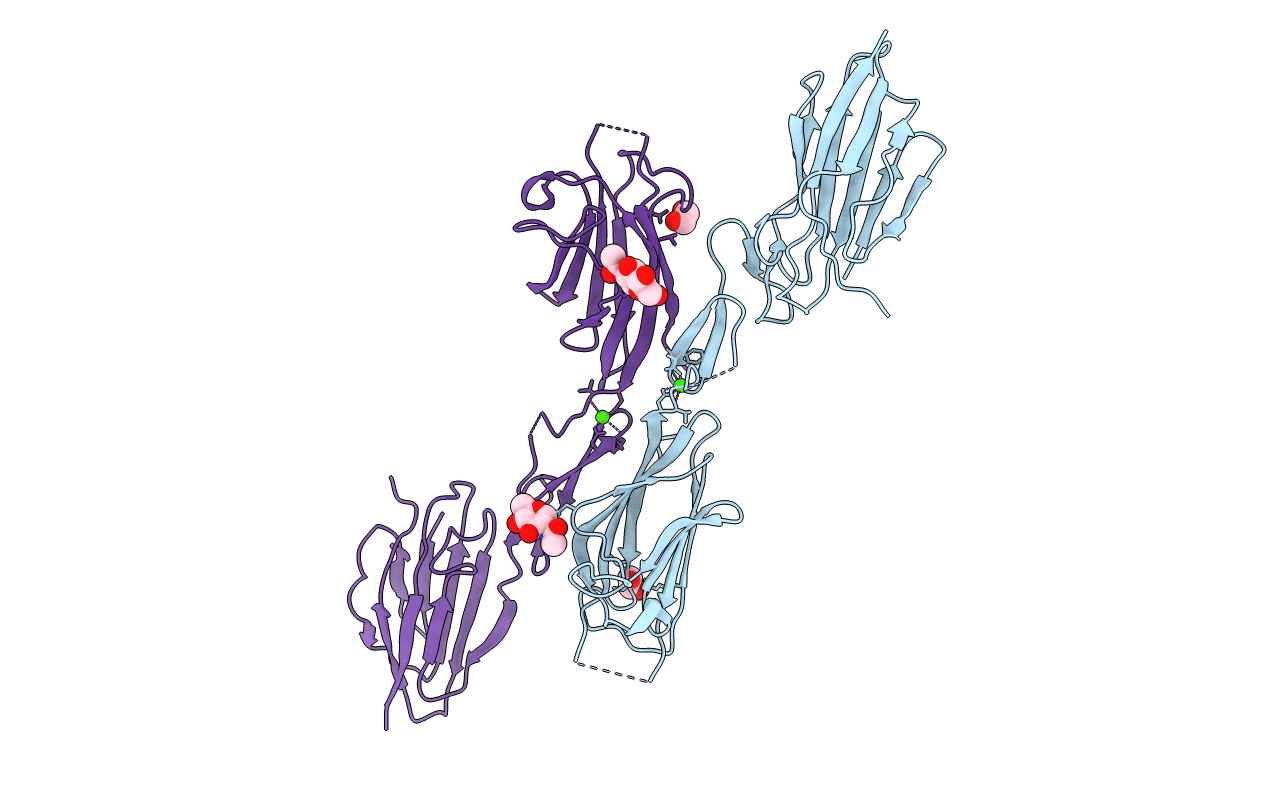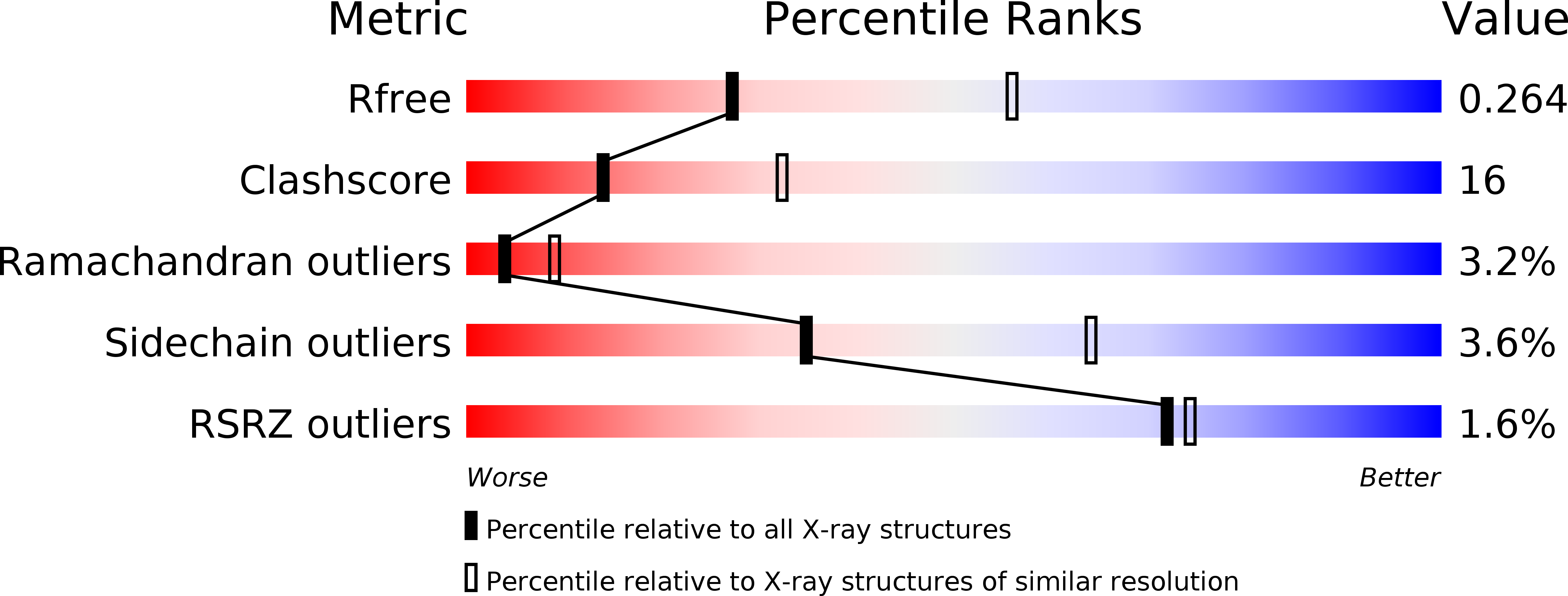
Deposition Date
2003-01-28
Release Date
2003-05-20
Last Version Date
2025-03-26
Entry Detail
PDB ID:
1NT0
Keywords:
Title:
Crystal structure of the CUB1-EGF-CUB2 region of MASP2
Biological Source:
Source Organism:
Rattus norvegicus (Taxon ID: 10116)
Host Organism:
Method Details:
Experimental Method:
Resolution:
2.70 Å
R-Value Free:
0.28
R-Value Work:
0.24
Space Group:
P 1 21 1


